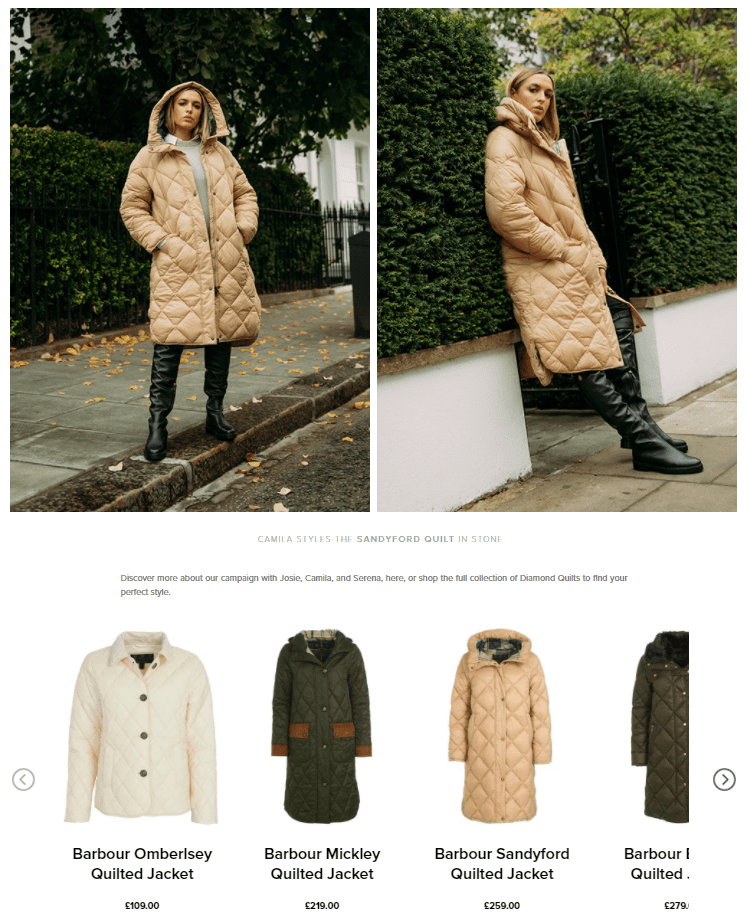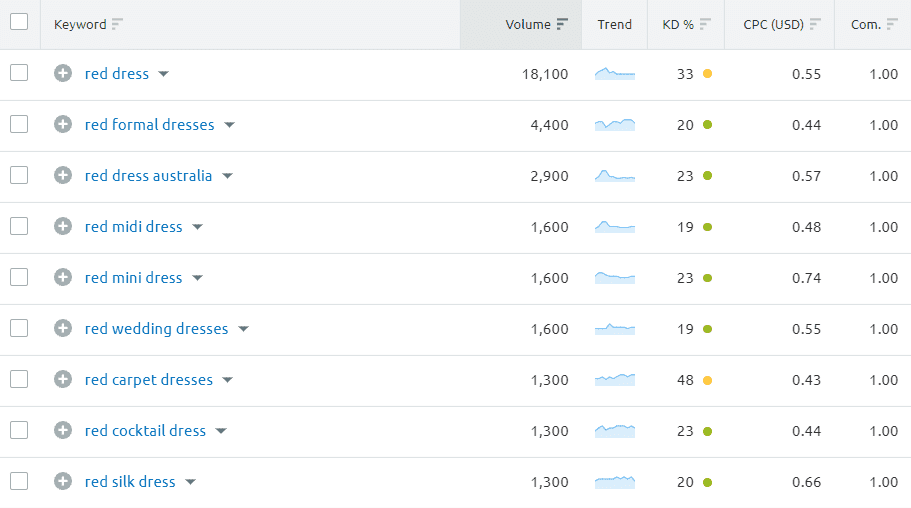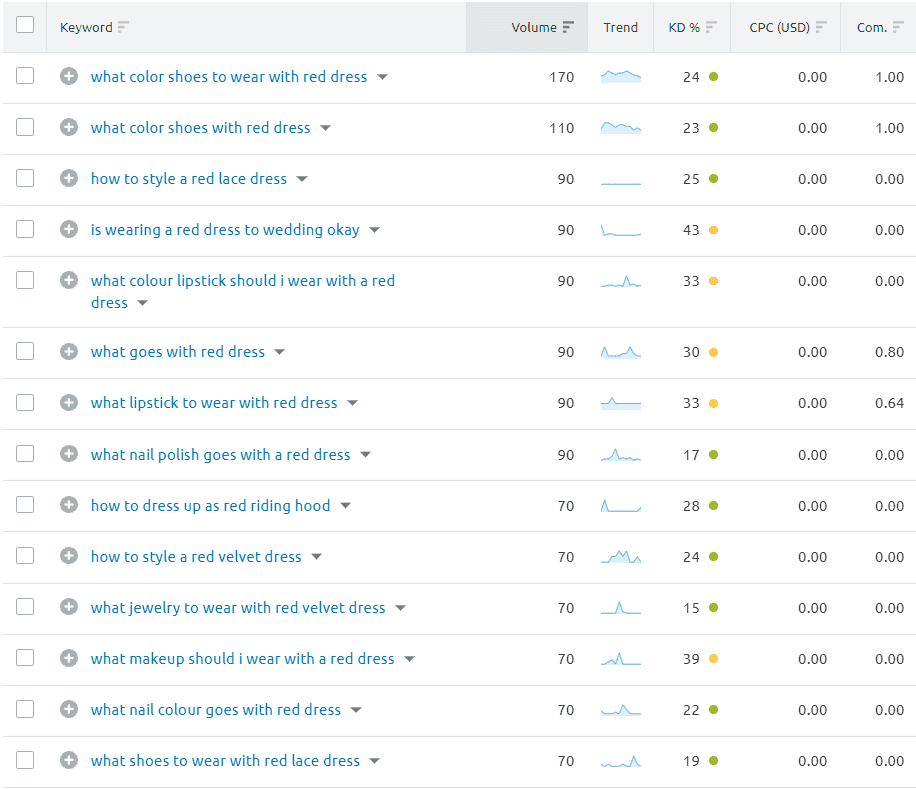Your website’s blog is an important part of your brand’s marketing strategy.
Blog posts give you the opportunity to refine your brand’s tone of voice, engage your target audience and bring traffic to your website.
For ecommerce brands, your blog is the perfect place to showcase and talk about your products.
But many brands fail to fully make the most of their blogs, or don’t have one to begin with. If you’re looking for tips on how to optimise your ecommerce website’s blog to maximise conversion and build an online community, read on.
Should I have a blog on my ecommerce website?
The more good quality content on your website, the more traffic you can potentially drive to it. The more content, the more there is for search engines to index. Blog posts should form a key part in your organic search strategy, allowing you to rank for a wider range of keywords, including more specific keywords that are likely to be searched by those further down the purchasing funnel (more on this later).
You can also use your blog to capitalise on emerging trends – especially important if you’re in the fashion, beauty or interior design industry.
How do I optimise my existing blog?
If you’re blogging away but aren’t seeing any results, there are a few things you can do to optimise blog performance.
Semantic mark-up
Semantic mark-up can make it easier for users to find your website and products. According to Digital Intelligence, 74% of younger people prefer visual search, meaning that semantic mark-up can lead to a higher click through rate.

The above screenshot shows the Google search listing for our step-by-step guide to using Shopify. It takes up more space on the results page, meaning it stands out more than other listings, giving it the higher chance of winning a larger share of clicks and therefore readers.
There are various types of semantic mark-up for various content types, such as questions and answers, how to guide and recipes. These can really help to make your blogs more attractive in the SERPs. Most content management systems such as WordPress offer plugins that allow you to easily add semantic mark-up to your blogs.
Product links
Blogs offer the perfect opportunity to get products in front of your target audience in an interesting way. Internal links are generally very easy to add on most blogging platforms and the process takes barely any time at all, but can seriously increase your chances of conversion. Product links also help to guide your customers to the pages you want them to explore – a blog with no links leaves a reader to a dead-end and will likely just increase your bounce rate.
Photography
Not only do photos provide a much needed break from reading text, they also showcase your products. Structurally, imagery can help to guide your readers to the end of your blog, making it less likely that they’ll close the tab without reading the whole thing. Original photos are best, especially because you want to avoid violating copyright laws. Whilst there are plenty of stock images available, and these can be great for a certain type of blog, your own product imagery is naturally the best choice for an ecommerce website. If you can use different imagery elsewhere on your website then even better – stark ecommerce shots (whilst effective for a product page) don’t work so well on a blog, as they don’t provide much interest or show the product in use. If your image features products on your website, ensure you link the image and provide linked product names and prices below.

The image above is taken from our client Barbour’s blog. You can see they’ve incorporated high quality lifestyle imagery that showcases the product in use, with linked captions beneath and then a carousel featuring a range of products from the same collection.
Frequently asked questions
A blog post provides the perfect space on your website to answer your customers’ frequently asked questions. You can even base your blog title around these and use them to structure your piece. This approach will not only help to increase search engine rankings/visibility, but should also help your customer service team by providing access to all of the information your customers need, potentially relieving some pressure on your staff.

In the screenshot above, we can see that Google offers a range of questions related to the search query. This shows us what people are asking in relation to our topic or product.
Incorporate the most relevant ones as headers within your article or choose one as your blog title to answer in depth – there’s a lot of really useful content you can create around this Google search feature that will improve the quality of your blogs, and provide inspiration if you’re stuck for ideas.
Keyword research
Just as the ‘People Also Ask’ section of Google can help your blog creep up the search rankings, so does keyword research. In fact, it should form the foundation of your blog content strategy. Just as you would centre your product and collection descriptions around relevant keywords and phrases, you should do so with your blog articles too. However, the type of keywords you decide to target will differ, opting for what are referred to as long tail keywords – phrases that are more specific and usually longer than more commonly used keywords. These keywords usually have lower search volume than more generic terms, but often provide a higher conversion rate as searchers are likely to be further down the sales funnel.


The above screenshots are taken from a search for ‘red dresses’ in the SEMrush Keyword Magic tool. We can see that the more generic terms have much higher search volume, but are generally also a lot more competitive than the long tail keywords in the image below. This obviously isn’t true in every instance, which is why it’s important to conduct thorough keyword research before you start writing your blogs.
Tone of Voice
Tone of voice should remain consistent across all of your website content. Blogs are long form pieces of content, especially when compared to product descriptions or collection page copy, which can make it harder to maintain your brand’s distinctive tone of voice. It’s imperative, however, that you do so in order to maintain brand integrity and personality. Content is a proven way to build an online community and presence, so it’s important that your blog stays true to your company branding.
Buying guides
The world of ecommerce is highly saturated – practically anyone can set up a website and start selling online. Buyers can therefore feel overwhelmed with the volume of products and brands on offer. Product buying guides help shoppers to make an informed decision, and drive them to your website rather than your competitors’ stores. But what exactly is an online buying guide? Put simply, they are articles that compare similar items and look at the similarities and differences in terms of size, features, functionality, price, aesthetics, upkeep etc. They usually focus on high price items, such as electricals, kitchen equipment and furniture – the type of item you’d generally take a little more time researching before hitting the checkout button. Not only do buying guides position you as an expert on your products and aid conversion, they’re also rich in keywords which will help to increase search visibility too.
Need help with your ecommerce brand’s content marketing strategy? Get in touch to find out more about our award-winning work.

